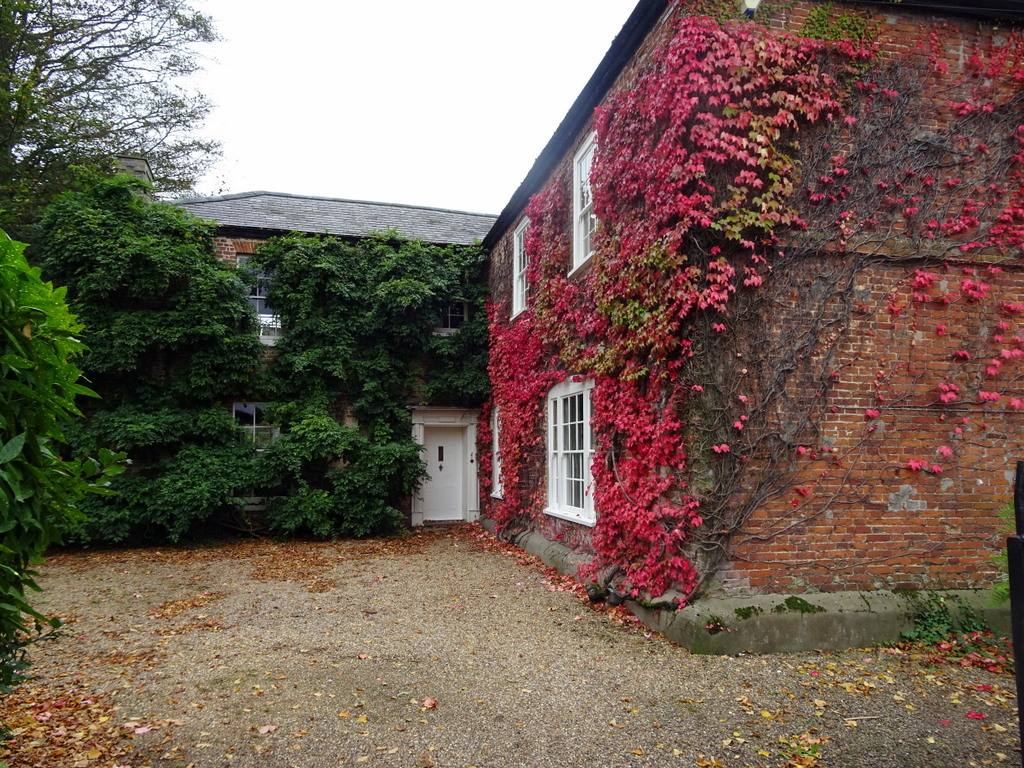Grove House, Black Street, Martham

Also known as Grove Cottage or Grove Farm.
Grade II Listed Building No 1051021. Listed 4th December 1987.
Listed as The Grove, 21 Black Street, Martham.
Grid Reference: TG 45542 18103
The house is said to have been built by William Creasey (1717-1797) but the Historic England Grade II listing says it dates from 1730. The early 1730 date is therefore doubtful as William would have been too young to have it built. The house therefore may have been built nearer to 1750 (or William did not have it built). William was a successful woollen draper and grocer in Martham in 1759.
In his book “The Strangers Guide Book for the Polite Village of Martham” by Robert Porter which was published in 1830 he says The Grove was owned by Diana Creasey (1755-1834) but occupied by her nephew Robins Purdy (1780-1842). He goes on to describe “an ornamental wood with an avenue down the centre as a vista” leading to Grove House. He also provided a hand drawn sketch map which illustrates this tree lined drive from what today is approximately where the Village Hall is on White Street running up to Grove House in Black Street. All that remains of it today is the route of the footpath between the Village Hall and the Baptist Church to Black Street beside the Oddfellows Hall. This driveway must have looked quite grand in its time taking into account that there was nothing on its north side except perhaps meadows. At its west end it must have been a bit strange because Black Street would have crossed the drive in front of the house but in 1830 Black Street would have only been an un-made up country lane as there was nothing between Grove House and the Vicarage at St Mary’s Church.


The Listed Building says Grove House dates to around 1730 with a west wing added circa 1840. It was built of brick with slate rooves. The west wing has a facade of two storeys. It has a central panelled door with over-light. The windows had small protruding pieces on sash windows with glazing bar arches that are flat on the top. The house has a hipped roof. The chimney stacks are on lateral sloping rooves. The east front now only has two bays owing to the presence of the earlier wing. The 18th century wing extends east. The original three bay elevation is apparent from blocked windows. One mid 19th century has three-part sash windows to the ground floor under circular arches of less than 180 degrees. There is a 20th century window to the left. There is a flat projecting horizontal strip of masonry or brickwork across at the first floor windows that have two sashes with glazing bars. There is a mixture of windows to the ground floor with three early 19th century casement windows to the first floor.
Having established that the house was built in about the mid 18th century this is backed up by it showing on Fadens map of 1797 and the 1812 Inclosure Award Map. Both are shown below.


Robins Purdy, the nephew of Diane Creasey and grandson of William Creasey had lived there with his wife Anne, nee Rising from as early as 1830 and they were listed as living there in the 1841 census. Robins died in 1842 just before the Martham Tithe Award list was drawn and Anne was listed as the occupier in that list. She died in 1844.
Another long-term occupier of the house and farm was William Edmonds who first appeared in Kelly’s Directory in 1877 as living and farming at Grove Farm. He was born at Scratby but moved to Martham at about this time with his wife and son. He continued to live there until he died in 1894 at which stage his son, Thomas, took over the house and farm with his mother, Happy, living there as well until she died in 1917. Thomas remained there until around 1930.